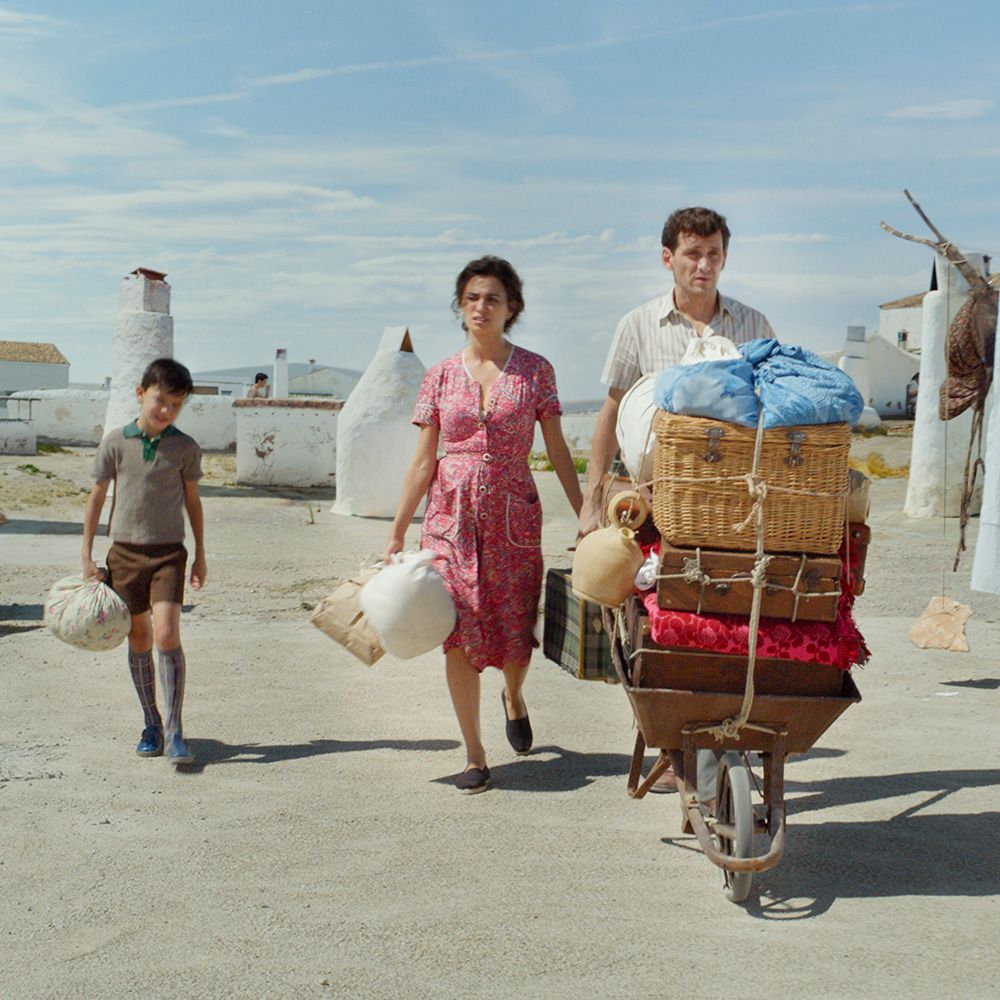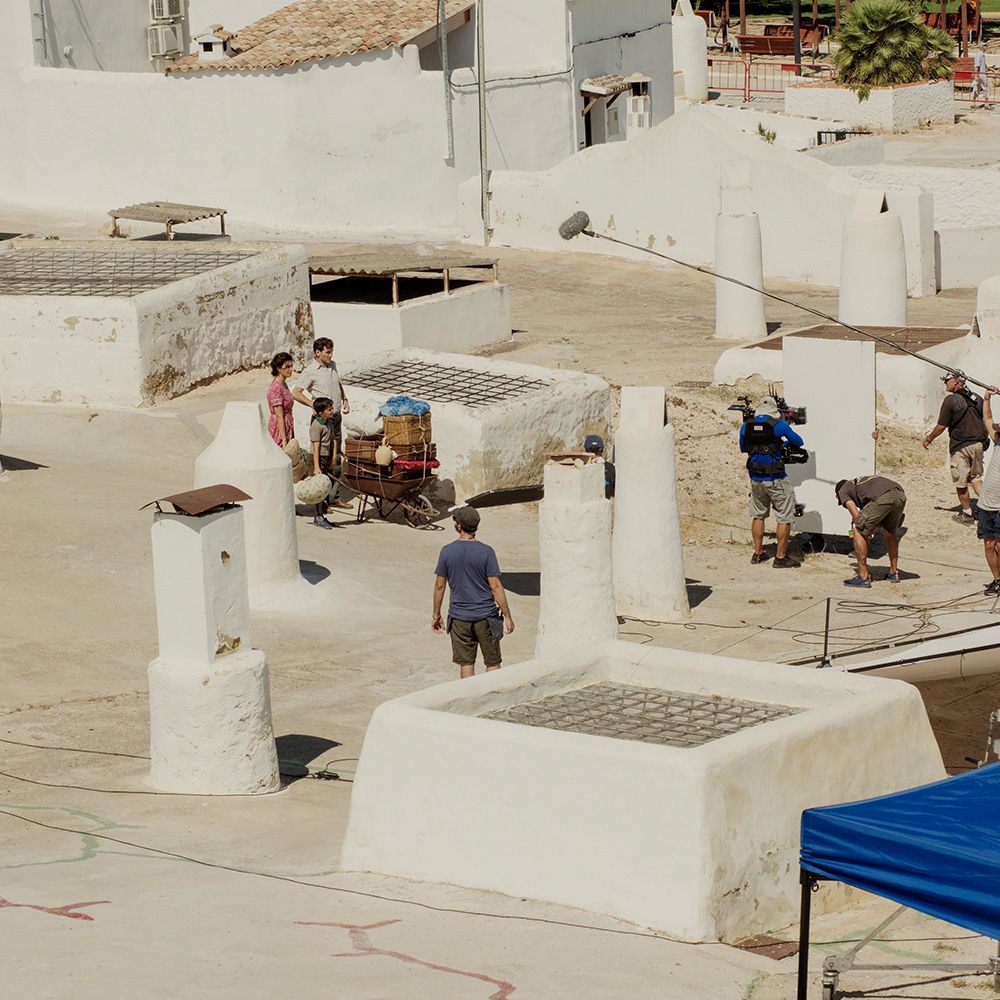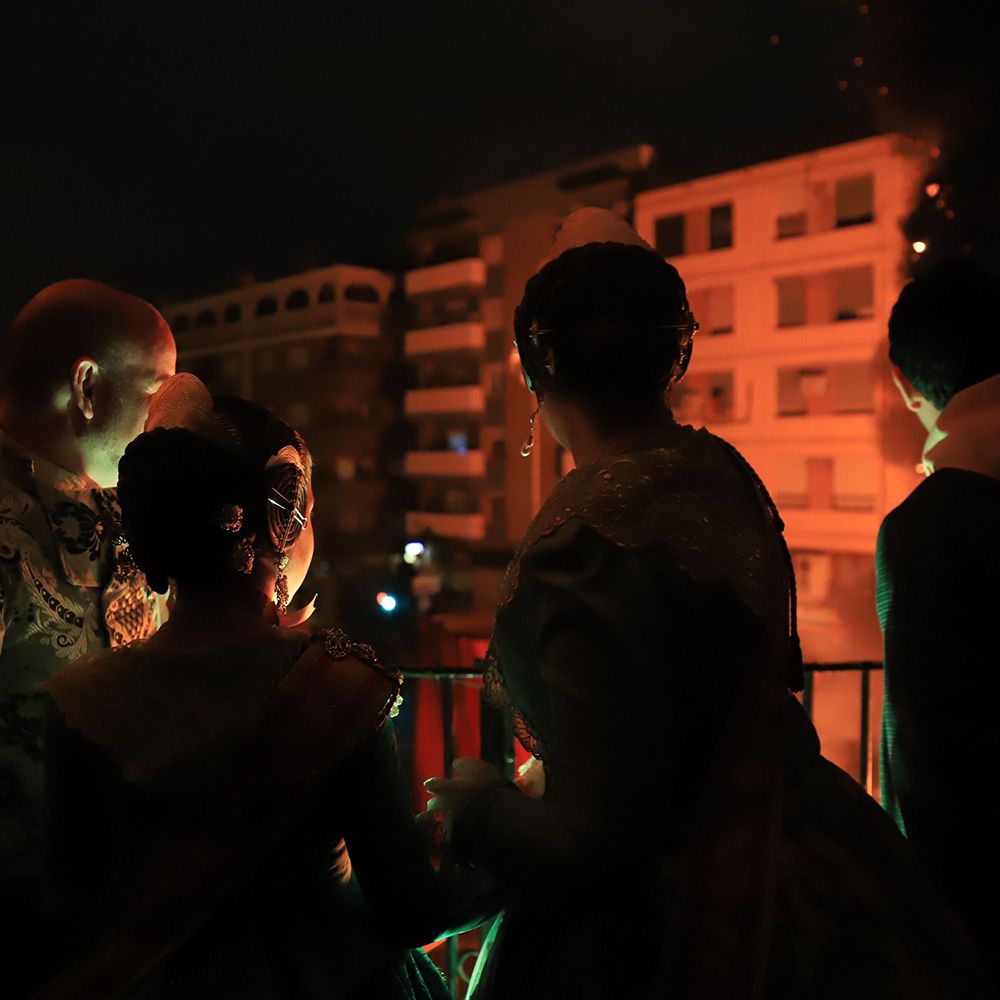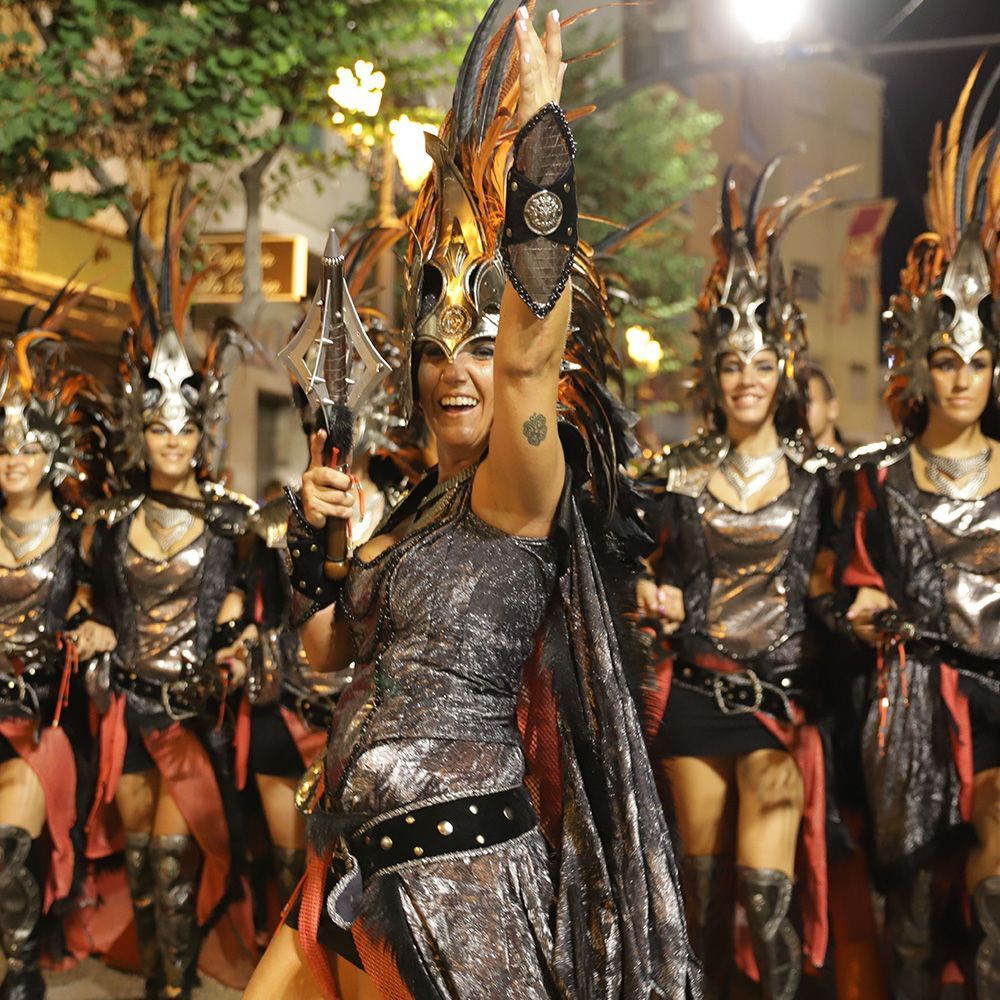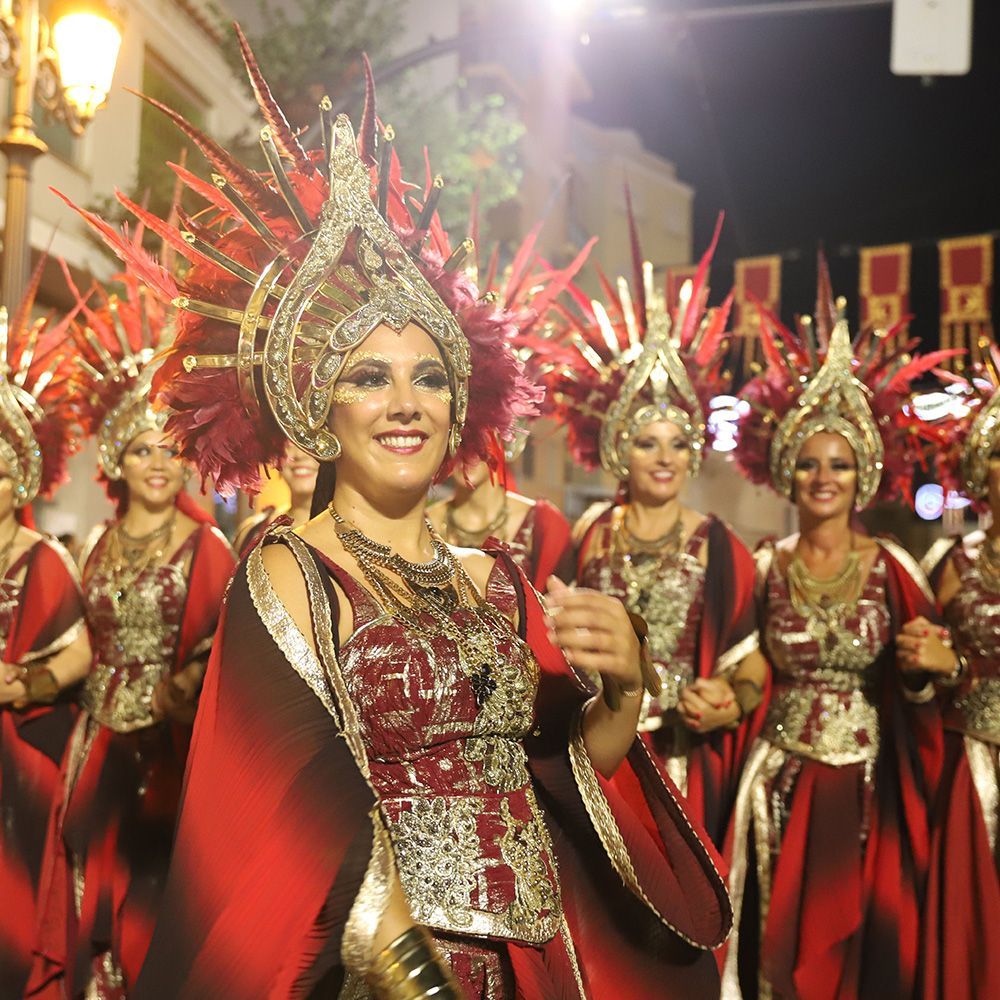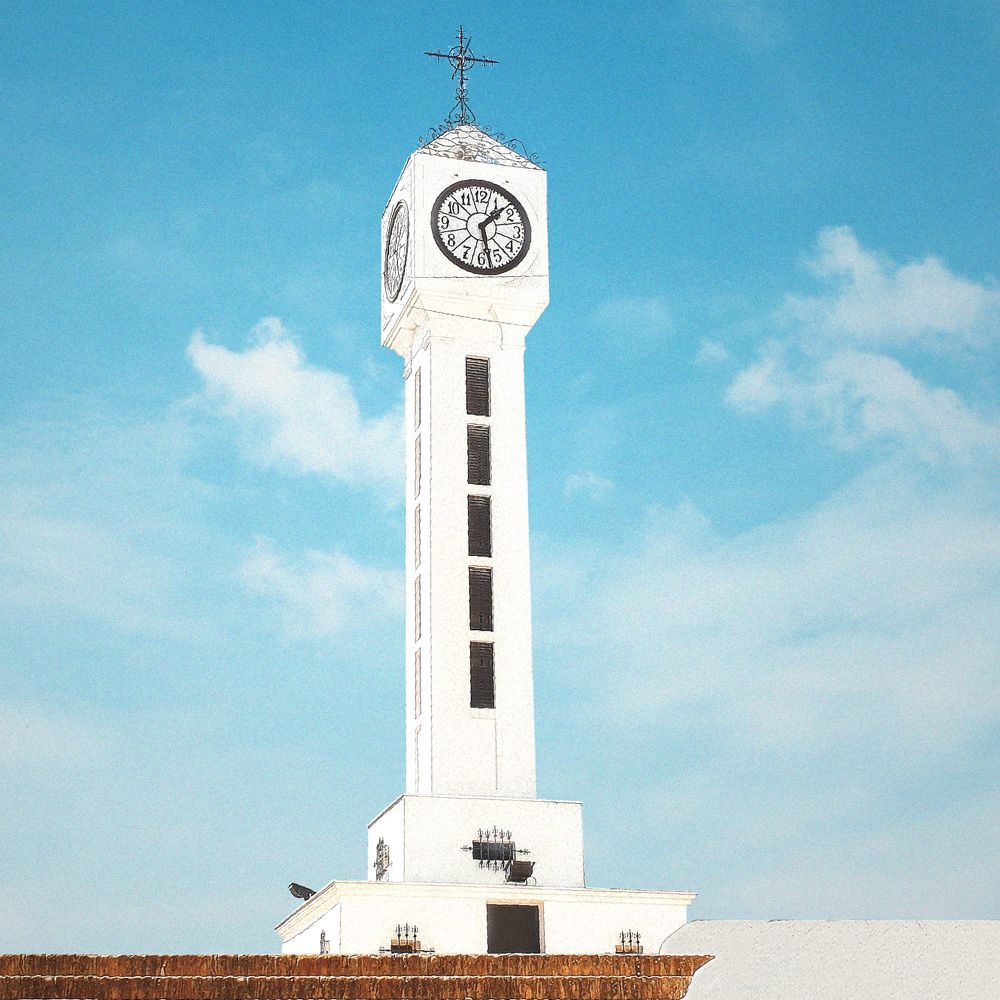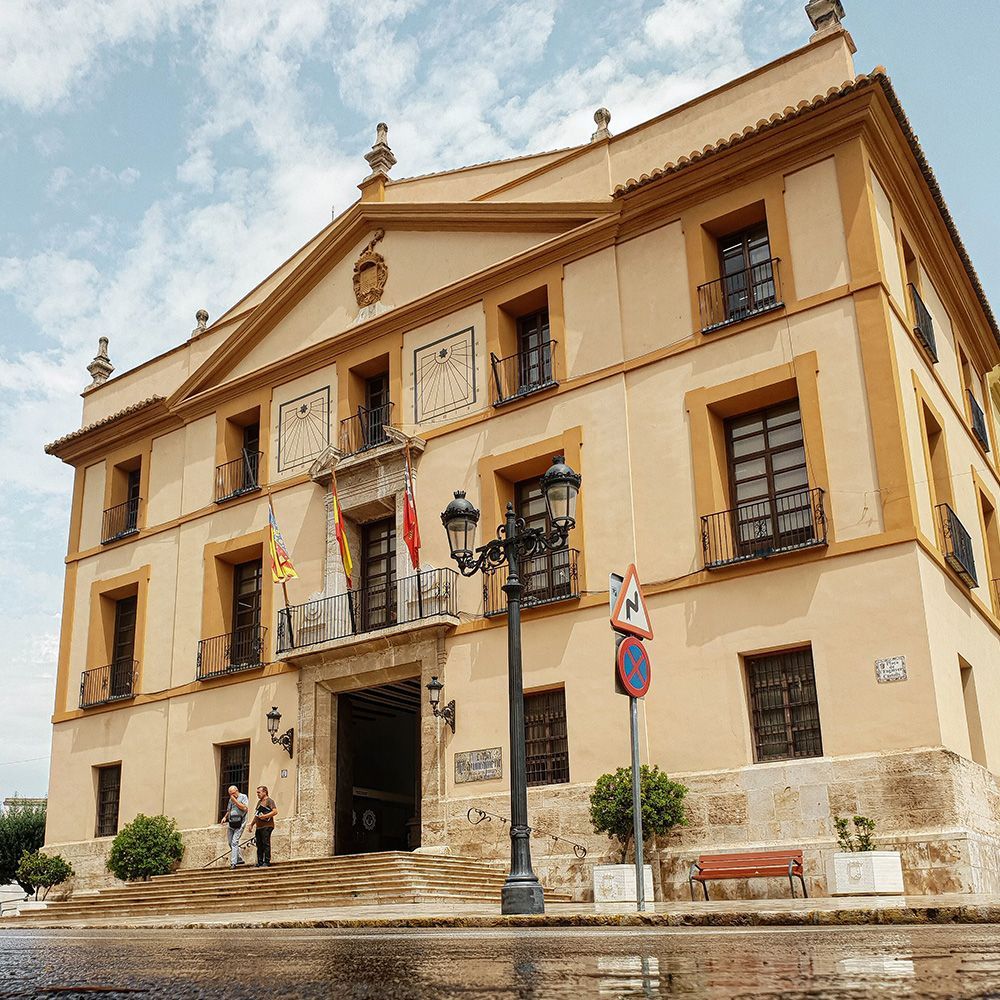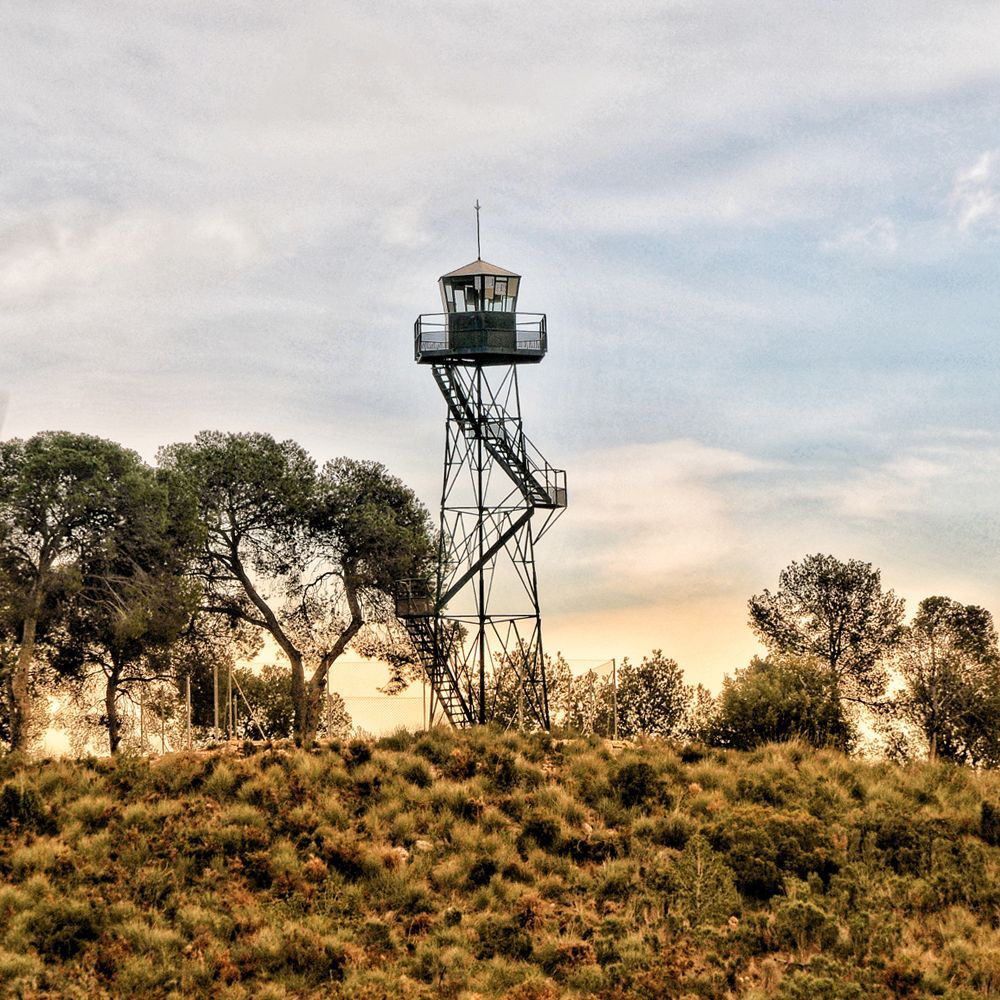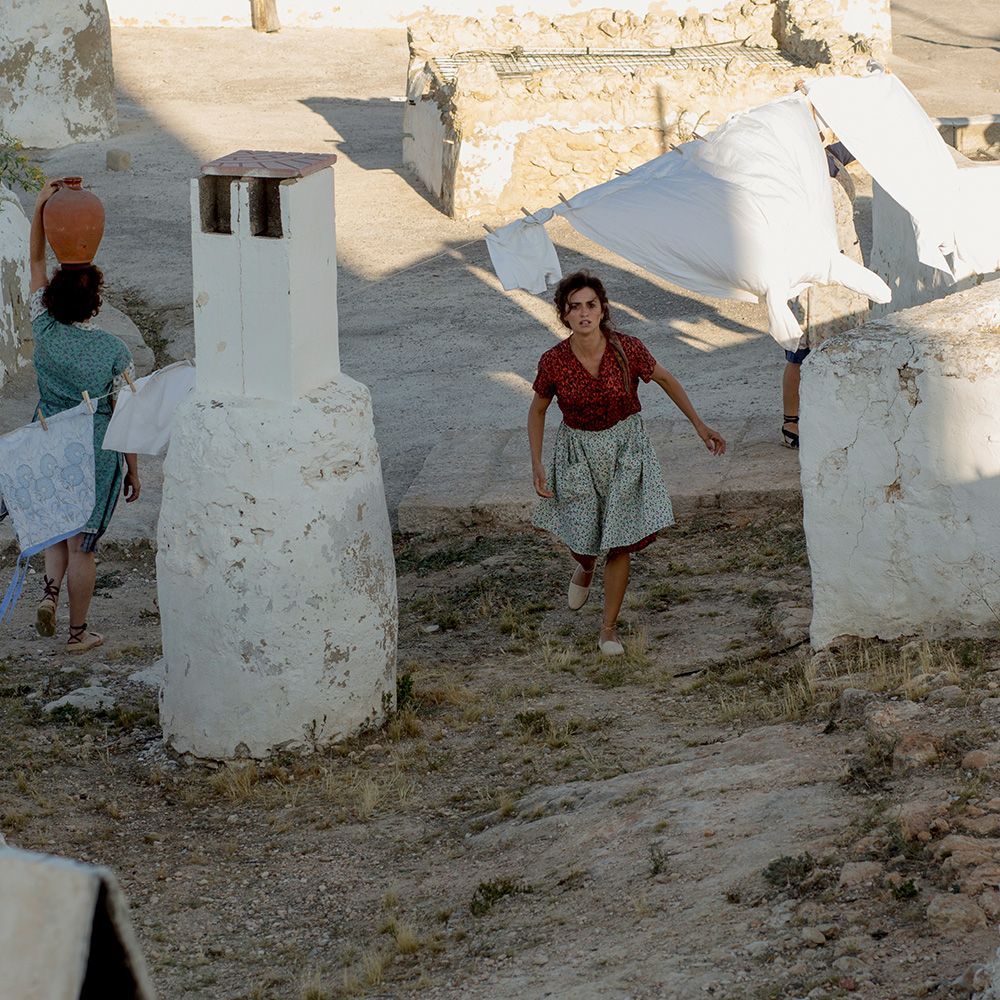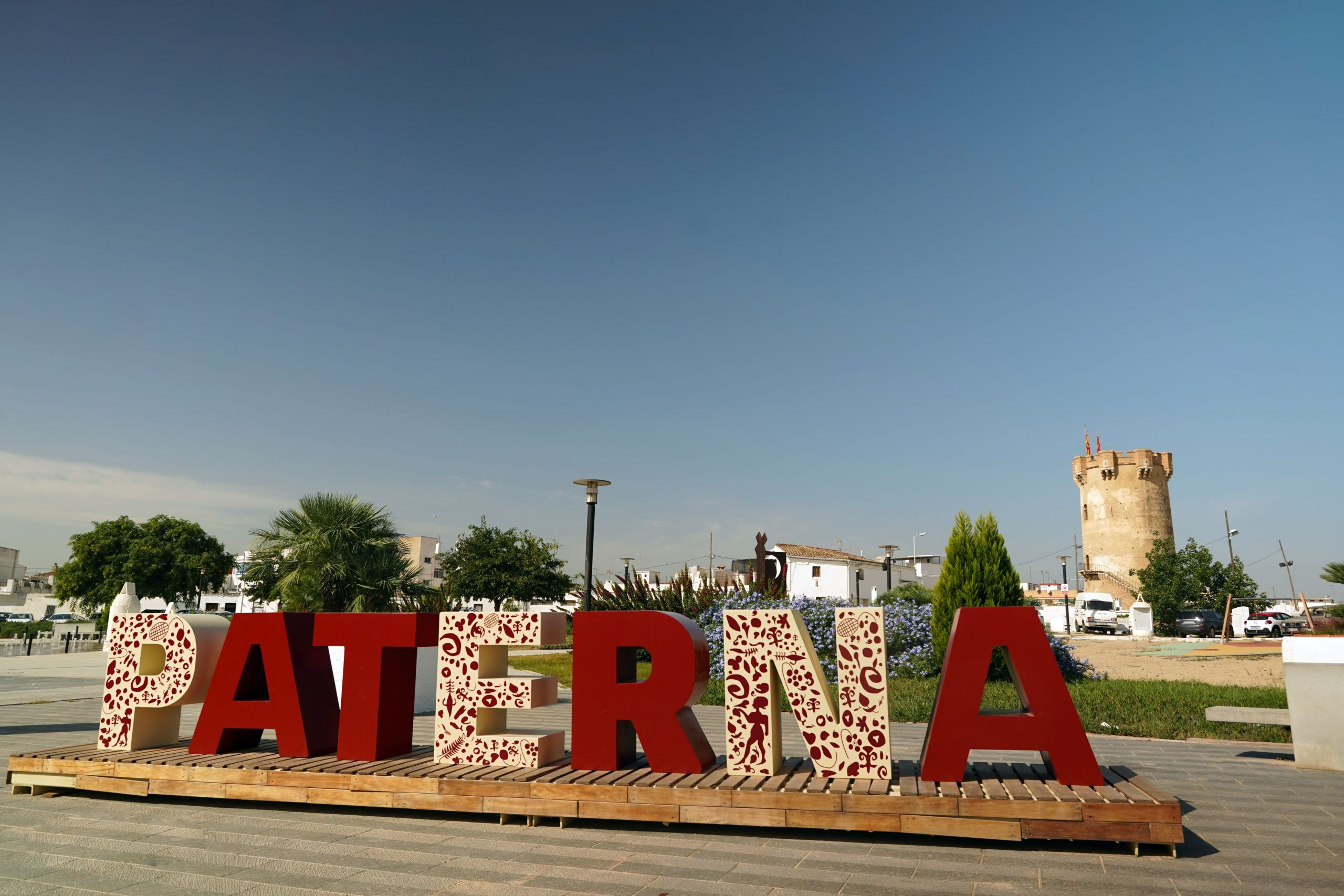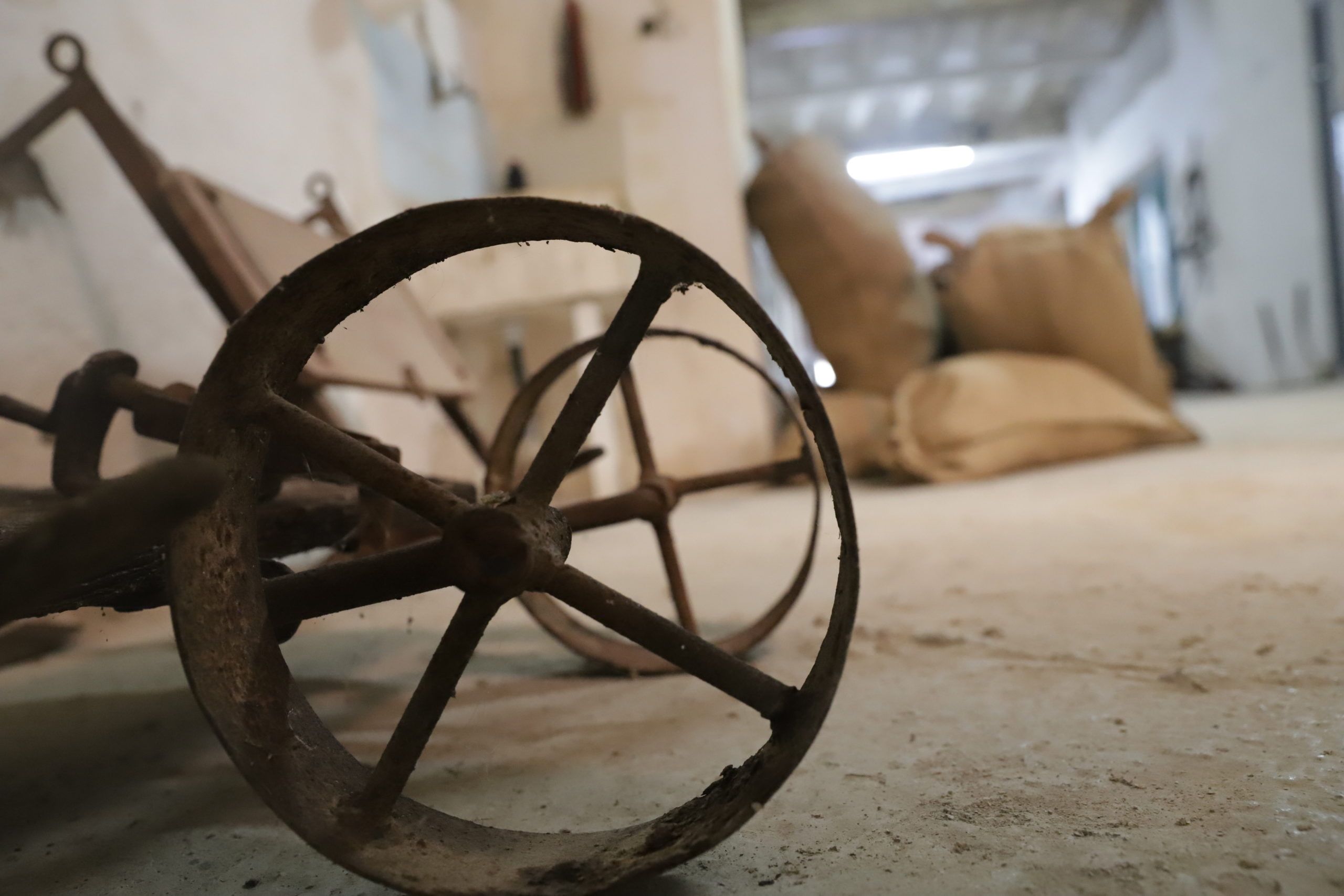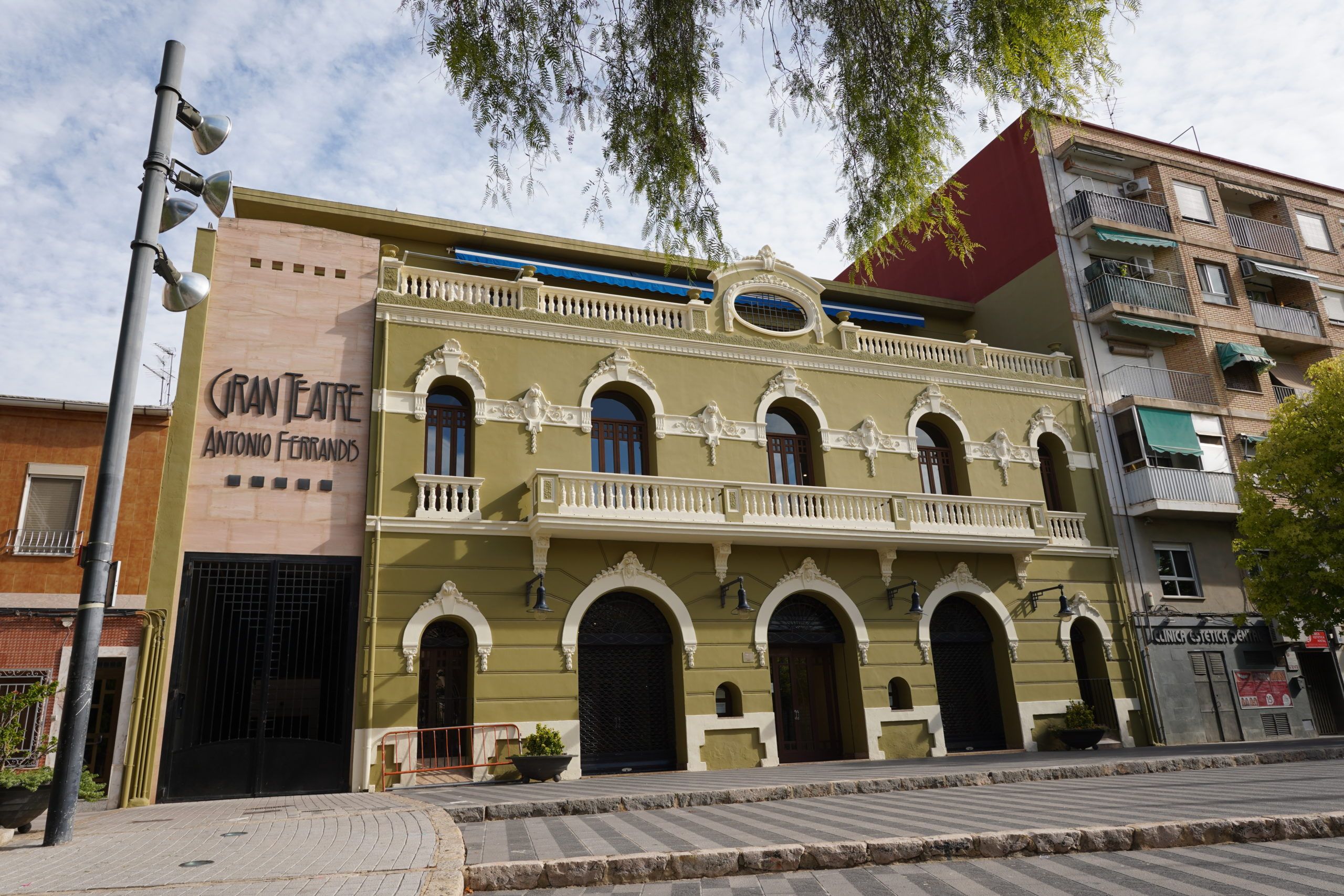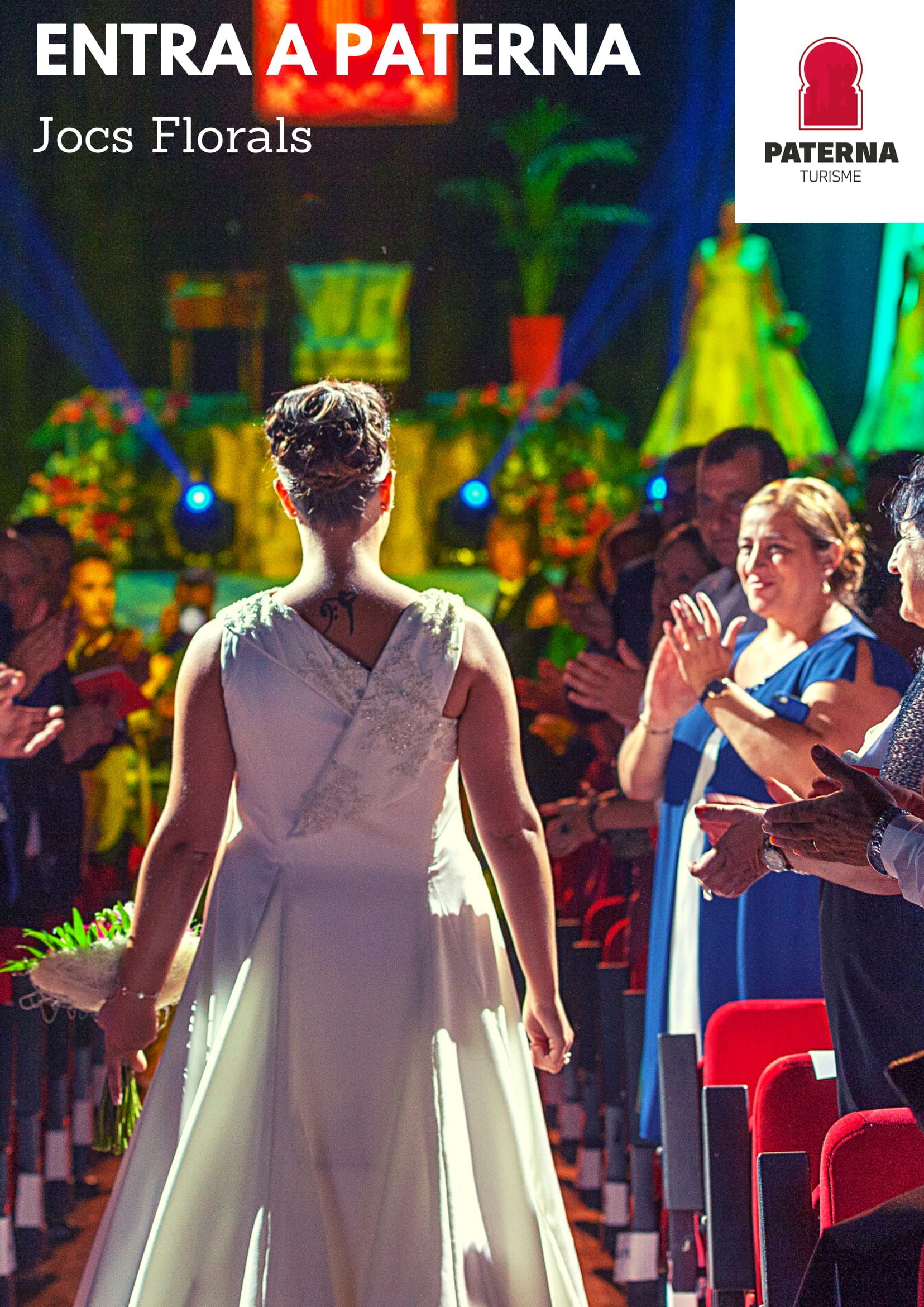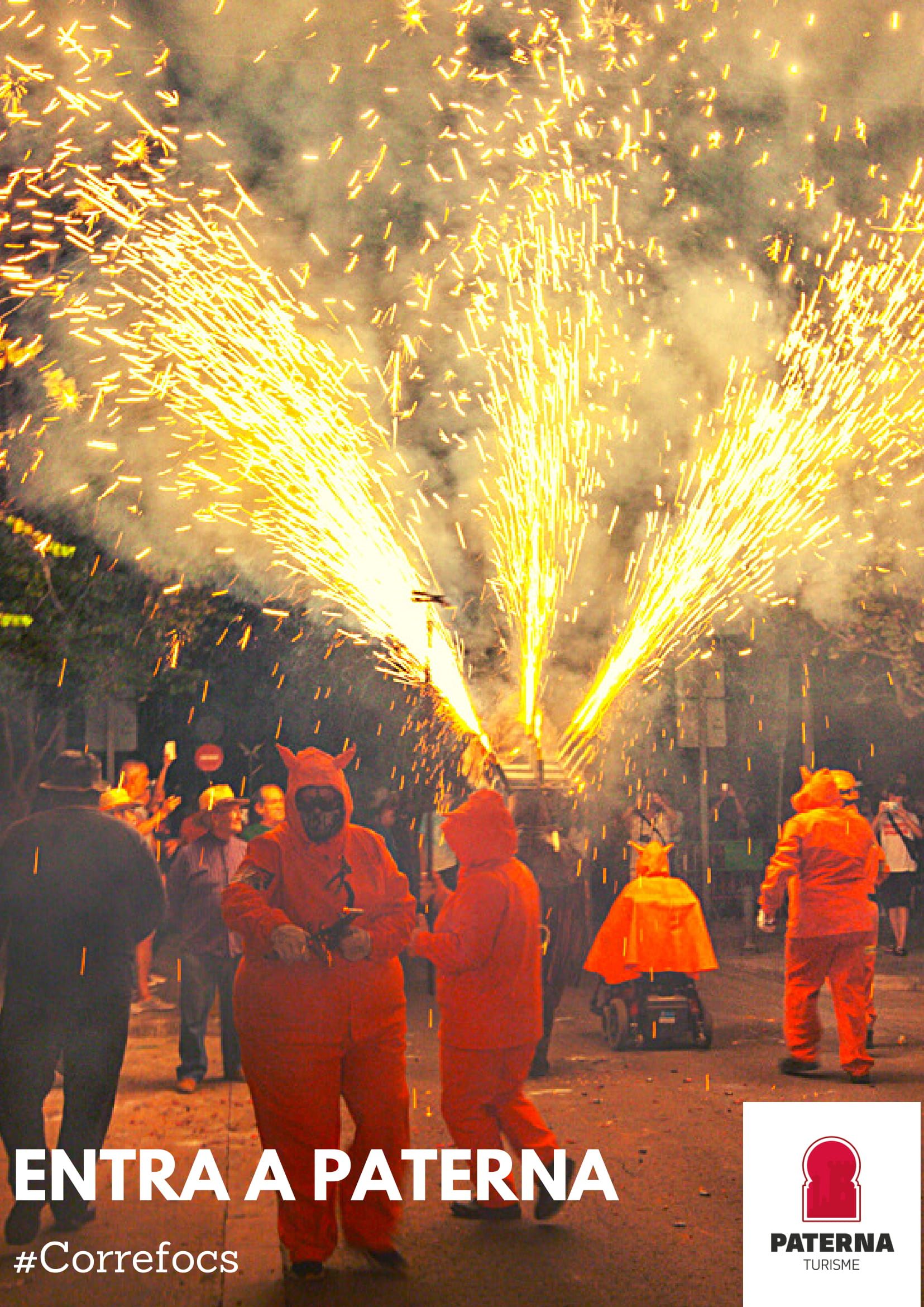Paterna
In just a few years, Paterna has ceased to be a town devoted almost exclusively to farming to become a residential, industrial and service centre. Thus, the original population has been joined by new inhabitants from other areas.
Gastronomy:
Paterna’s gastronomy is based on Mediterranean cooking, rich in rice and vegetables, and with paella as its main dish. Other local dishes include “arròs amb fessols i naps” (rice with beans and turnip) and the classic “arròs negre” (rice with squid’s ink). Paterna is the birthplace of the popular, cream-filled “catxaps” pastries.
Places of interest:
Paterna is especially attractive to tourists as it offers a wide range of possibilities, such as visiting the town’s historical monuments and buildings and cultural centres, without forgetting the beautiful natural areas within the municipality. In 2000, Paterna acquired the category of Municipality of Tourist Interest, and has experienced a subsequent consolidation of its tourism infrastructure in order to cater to its many visitors. Paterna’s most notable monument is undoubtedly its Moorish tower, built atop ancient caves that are still inhabited. The Palace of the Counts of Paterna is one of the town’s outstanding monuments. It dates from the 18th century and combines Renaissance and Baroque styles. It is currently in a very good condition. The 18th century Parish Church, and the Churches of Our Lady of the Forsaken and Saint Rita, complete Paterna’s monumental heritage. Other sites of interest include the Ceramics Museum and the Natural Sciences Museum.
Festivities:
Paterna has an extensive festive calendar that begins in January with the festivities held in honour of Saint Anthony the Abbott. “Las Fallas” are held in honour of Saint Joseph from 15th to 19th March. At Easter, the brotherhoods take to the streets in processions. The main festivities are celebrated in honour of Saint Peter and Our Lady of Mount Carmel during the second fortnight in August. The reading of banns is the initial act, followed by fireworks and the religious, recreational and sports events that take place over two weeks. Other activities include the “Floral Games” (the presentation of “Cohetes de Oro” to those persons or institutions that have contributed most to the festivities), Moors and Christians and “la Cordà” firework show, declared of local tourist interest due to its magnitude and spectacle, and during which a total of 35,000 rockets (an average of 1,500 rockets per minute) are set off.

